Skin Cycling: Smart Skincare Strategy or Just Another Trend?
| Authored by: Abhishek Ranjan Jha |
| Reviewed by: Kapil Dhameja |
| Estimated Reading Time: 6 minutes |
Skincare’s a bit like trying to keep a houseplant alive—too much fuss, and it wilts; too little, and it’s a goner. I’ve been there, staring at my bathroom counter, wondering if I’m supposed to use all seven serums or just, like, soap. Then I stumbled across this thing called skin cycling, which has been all over my social media feed like that one friend who won’t stop posting vacation pics. It’s got a plan, it promises glowy skin, and it’s supposed to keep things simple. But is it actually worth the hype, or is it just another beauty trend that’ll fizzle out by next summer? Let’s dig into what skin cycling is, why it blew up in the U.S., if it still works, how to pull it off, and the screw-ups people keep making.
|
Table of Contents |
What Is Skin Cycling?

Alright, imagine your skin’s like your body after a long gym session. You don’t go bench-pressing every day without a breather—your muscles would throw a fit. Skin cycling’s the same deal: it’s a four-night routine that switches between hardcore skincare products and chill recovery time to keep your face from freaking out. This whole idea came from a New York dermatologist, Dr. Whitney Bowe, back in 2021, and it went bonkers on TikTok, where folks can’t stop showing it off.
Here’s the breakdown:
-
Night 1: Exfoliation. You slap on a chemical exfoliant—something like glycolic acid or salicylic acid—to scrub away dead skin and clear out gunked-up pores.
-
Night 2: Retinoid. This is when you use retinol or something stronger like tretinoin to speed up how fast your skin cells turn over, helping with wrinkles or zits.
-
Night 3 and 4: Recovery. No heavy stuff here—just gentle, hydrating goodies like a thick moisturizer or a cream with ceramides to pamper your skin.
Then you loop back and start again. It’s all about using the strong stuff without going overboard, so your skin doesn’t end up red and cranky. Think of it like giving your face a lazy Sunday after a wild Saturday night. Skin cycling’s not about buying every fancy product at the store—it’s about picking a few that work and sticking to a rhythm.
Why’s it such a hit? It’s not rocket science. After years of those crazy 10-step routines that had me feeling like I needed a PhD in skincare, this feels like someone handing you a cheat sheet. Plus, it works for all kinds of skin—whether you’re fighting acne, trying to look 10 years younger, or just want to stop looking like you pulled an all-nighter. But before we get too excited, let’s figure out why this thing took over America’s bathrooms.
Why Skin Cycling Became a U.S. Beauty Staple
The U.S. beauty world is a beast—billions of dollars, influencers everywhere, and everybody chasing the next big thing like it’s the fountain of youth. Skin cycling didn’t just pop up out of thin air; it hit at the perfect moment.
People were over the whole “more is better” thing. I remember trying to keep up with those K-beauty routines, layering on essences and ampoules until my skin was like, “Girl, enough!” A survey from 2022—I think it was some market research folks—said over half of Americans were begging for simpler skincare that didn’t suck. Skin cycling was like, “Hey, you don’t need 20 products; just use a few the right way.”
Then there’s TikTok. When Dr. Bowe posted about skin cycling, it was like dropping a match in a dry field. Boom—viral. The app’s perfect for quick, “here’s how I do it” videos, and suddenly everyone’s filming their nighttime routine, showing off their glow-ups. I checked last year, and those videos had billions of views. Billions! My cousin even started doing it after watching some 20-second clip.
Dermatologists helped make it legit. The idea’s not new—docs have been saying forever not to overdo it with strong ingredients—but Dr. Bowe made it feel like a shiny new toy. Other skin experts, like this one dermatologist I follow, Dr. Idriss, jumped in too, saying it’s a solid plan. Plus, after 2020, when we were all stuck at home obsessing over self-care, skin cycling was cheap enough that you didn’t need to sell a kidney to try it. No wonder it became a thing.
But just because it’s popular doesn’t mean it’s still worth doing. Does it actually work in 2025?
Fun Fact
Your skin’s got a memory, and it holds grudges. A study I read about last year said if you go too hard with exfoliants or retinoids, your skin barrier can take two whole weeks to chill out. Skin cycling’s recovery nights are like telling your skin, “Hey, take a nap; you’re good.”
Is Skin Cycling Still Effective?
Three years after it blew up, is skin cycling still worth the effort? Short answer: yeah, but it’s not a fairy godmother waving a wand over your face. It works because it’s based on real science, but you’ve gotta do it right for your skin.
Here’s the deal: exfoliants like glycolic or salicylic acid are great for clearing out pores, but if you use them too much, your skin’s barrier gets mad—think redness, dryness, or random breakouts. A study I came across said quite a large number of people with sensitive skin mess themselves up by over-exfoliating. Retinoids are awesome for wrinkles and acne, but they can make your face peel like an onion if you go too hard. Skin cycling spaces things out so your skin doesn’t throw a tantrum, and science says that helps you stick with it and see results.
People are still raving about it. A beauty mag poll from 2024 said 70% of folks who tried it saw smoother skin and fewer zits after a few months. I’ve seen TikTok videos—okay, I spend too much time there—where people with acne say it’s a lifesaver, and others swear it’s made their skin look 10 years younger. Even my friend with sensitive skin, who usually breaks out from just looking at retinol, says the rest nights make it doable.
But it’s not perfect. Some folks say it’s too strict—like, if you’ve got oily skin, you might be fine exfoliating more often, but if your skin’s super delicate, two rest nights might not cut it. A dermatologist I read about, Dr. Susan Taylor, said darker skin can get blotchy from too much exfoliation, so you’ve gotta tweak it. And some people act like skin cycling fixes everything, when stuff like hormonal acne needs more than a cute routine.
In 2025, it’s still kicking because it’s flexible and makes sense, but it’s not a one-size-fits-all deal. You’ve gotta make it your own and stick with it. So, how do you actually do it?
How to Build a Skin Cycling Routine

Wanna give skin cycling a shot? Here’s how to set it up without making your skin hate you. It’s all about picking the right stuff and listening to what your face is saying.
Step 1: Figure Out Your Skin
First, know what you’re working with. Oily? Dry? Sensitive? A mix of everything? This decides what products you grab. If you’re oily, salicylic acid’s your friend for exfoliation. Dry skin? Try lactic acid. No clue? Start gentle or ask a dermatologist.
Step 2: Pick Your Players
-
Exfoliation Night: Get a chemical exfoliant. AHAs like glycolic acid work for dull or dry skin; BHAs like salicylic acid are better for oily or acne-prone folks. Start low—5-10% for AHAs, 1-2% for BHAs—once a week.
-
Retinoid Night: Retinoids go from mild retinol you buy at the store (0.25-1%) to prescription stuff like tretinoin. If you’re new, use a tiny bit of retinol once or twice a week, after cleansing and before moisturizer.
-
Recovery Nights: Use a fragrance-free moisturizer with stuff like ceramides or hyaluronic acid to calm things down. No actives allowed here.
Step 3: Plan Your Four Nights
Here’s a basic setup for normal-ish skin:
-
Night 1: Wash your face, use a 5% glycolic acid exfoliant, then moisturize.
-
Night 2: Wash, put on a 0.5% retinol, and do a moisturizer sandwich (moisturizer, retinol, moisturizer again to keep irritation low).
-
Night 3 and 4: Wash, add a hydrating serum like hyaluronic acid, then a ceramide cream.
Use a gentle cleanser—no foamy, stripping stuff—and slap on SPF 30+ every morning, since actives make your skin sensitive to the sun.
Step 4: Go Slow and Hang In There
If you’re new to this, start with exfoliation and retinol once a week. Build up as your skin gets used to it. It takes 6-12 weeks to see a difference, so don’t expect to wake up looking like a filter. If your skin’s grumpy, add more rest nights or talk to a pro.
Step 5: Make It Yours
-
Acne: Use salicylic acid and something like adapalene.
-
Anti-Aging: Go for a stronger retinoid and a peptide-packed recovery cream.
-
Sensitive Skin: Stick with gentle stuff like mandelic acid and low-dose retinol.
Common Mistakes People Still Make

Skin cycling sounds easy, but it’s like baking—you mess up the recipe, you get a mess. Here’s what to watch out for:
1. Going Too Hard: Using a super strong exfoliant and a heavy retinoid in the same week is like running a marathon with no training. Start small.
2. Ditching Recovery: Those rest nights are non-negotiable. Skip them, and your skin’s gonna look like it’s been through a breakup.
3. Forgetting SPF: Actives make your skin a sun magnet. No sunscreen’s like leaving your phone in a hot car—bad news.
4. Wanting It Now: This isn’t instant gratification. Piling on more product because you’re impatient just makes things worse.
5. Copying Random Routines: Stealing a routine off TikTok without thinking about your skin type is like borrowing someone’s shoes—they might not fit.
6. Harsh Cleansers: Foamy cleansers with sulfates are like using sandpaper on your face. Stick to creamy, gentle ones.
Conclusion
So, is skin cycling a genius move or just another trend? It’s a bit of both. The science—using strong stuff with breaks—makes it a solid way to care for your skin without spending a fortune or stressing it out. It’s not a miracle, but it works for a lot of folks, whether you’re battling zits or trying to look like you’re still in your 20s, as long as you tweak it and avoid the dumb mistakes. In 2025, it’s still got fans, from regular people to dermatologists, which tells me it’s not going anywhere soon.
It takes patience and a little trial and error, like learning to cook your grandma’s secret recipe. Skin cycling’s not about chasing every new product—it’s about keeping it simple and letting your skin do its thing. So grab an exfoliant, some retinol, and a good moisturizer, and give it a whirl. Your face might just thank you with that glow you’ve been after.
Recommended Products:
Anti-Aging Skincare Products with Plant Based Alternative to Retinol
Natural Sunscreen with SPF 30 & SPF 50
Related Articles:
Does Castor Oil Really Make Your Eyelashes Grow?
Why Blue Tansy Is Your Sensitive Skin’s New Secret Weapon?
References:
https://www.cosmopolitan.com/style-beauty/beauty/a36685356/what-is-skin-barrier/
https://www.clinikally.com/blogs/news/over-exfoliation-how-excessive-scrubbing-can-damage-skin?
https://health.osu.edu/health/skin-and-body/skin-cycling
https://www.allure.com/story/what-is-skin-cycling-tiktok-trend


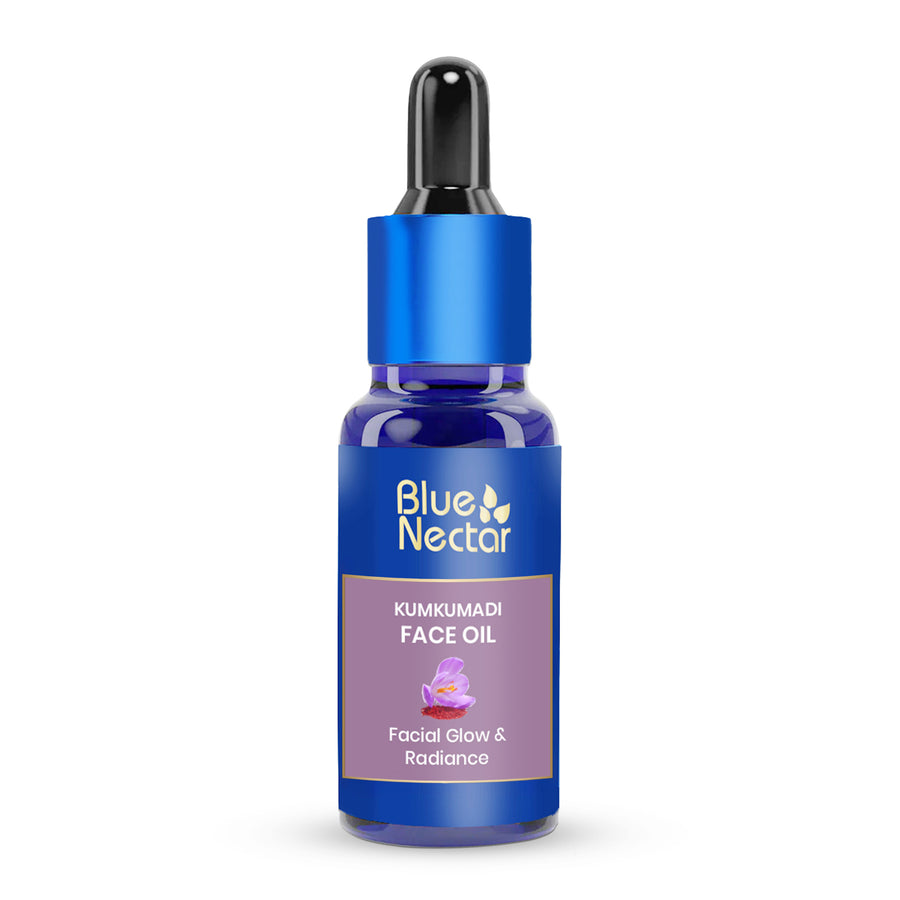
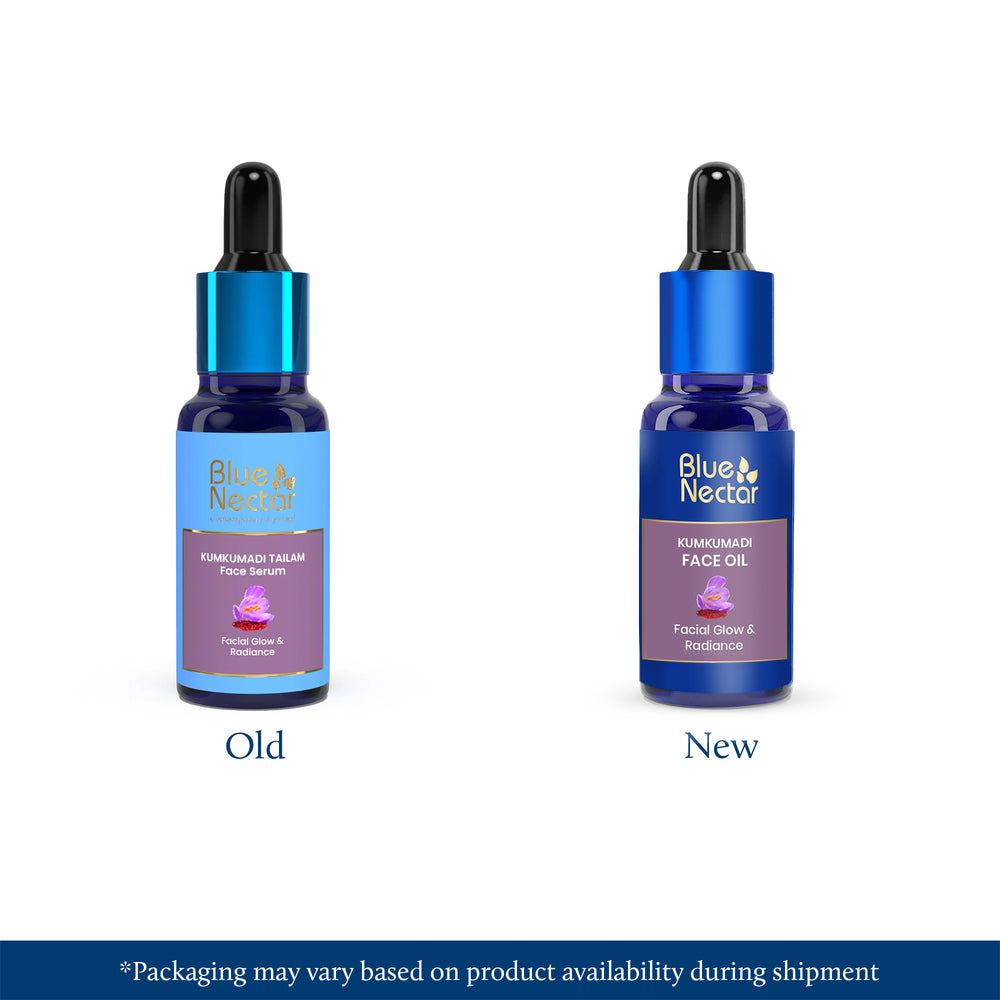
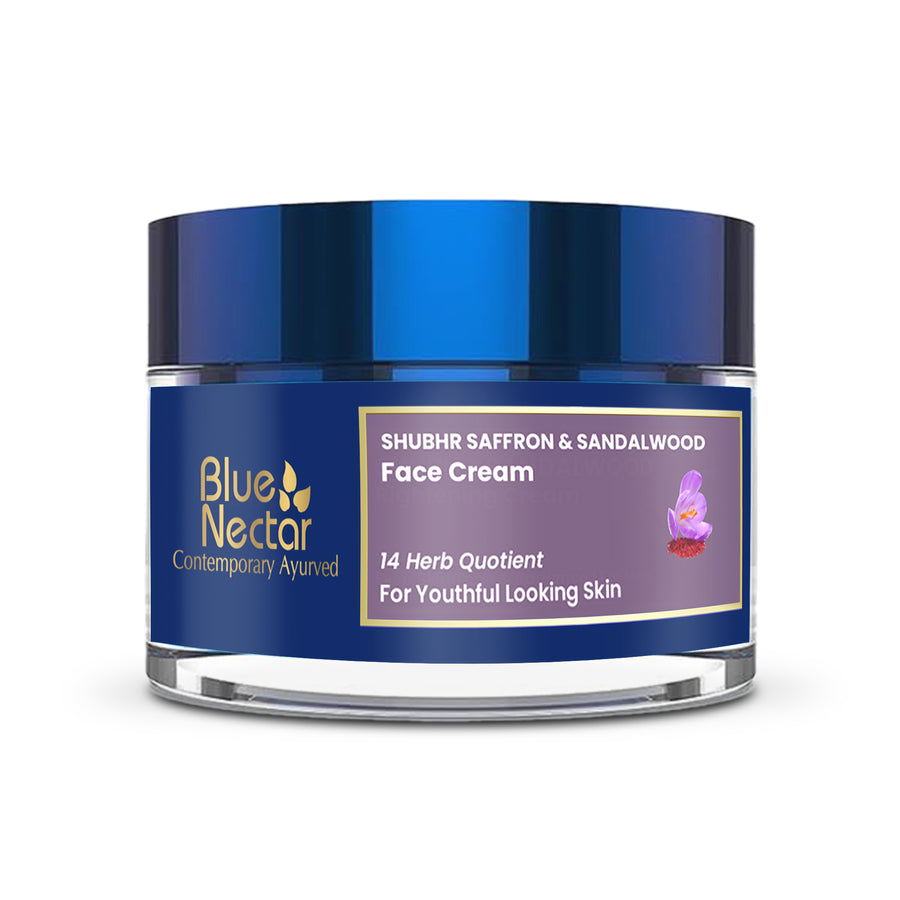
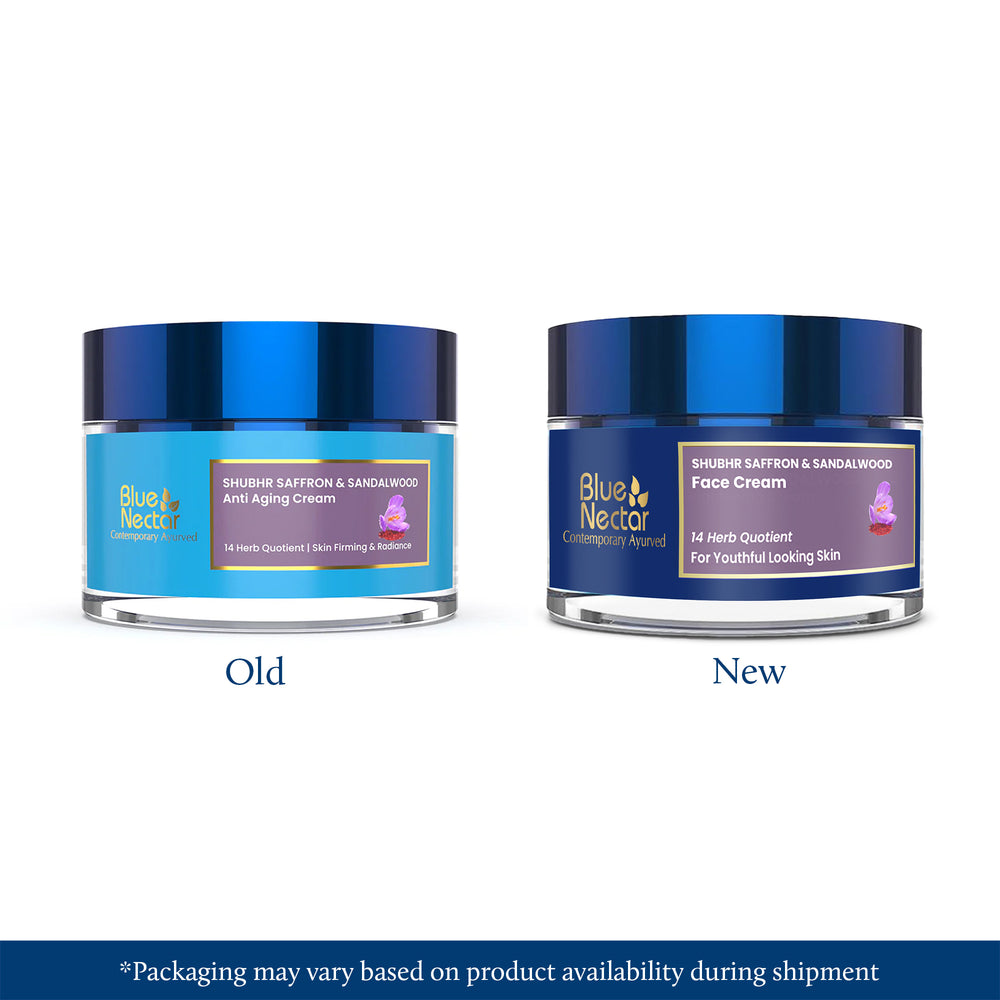
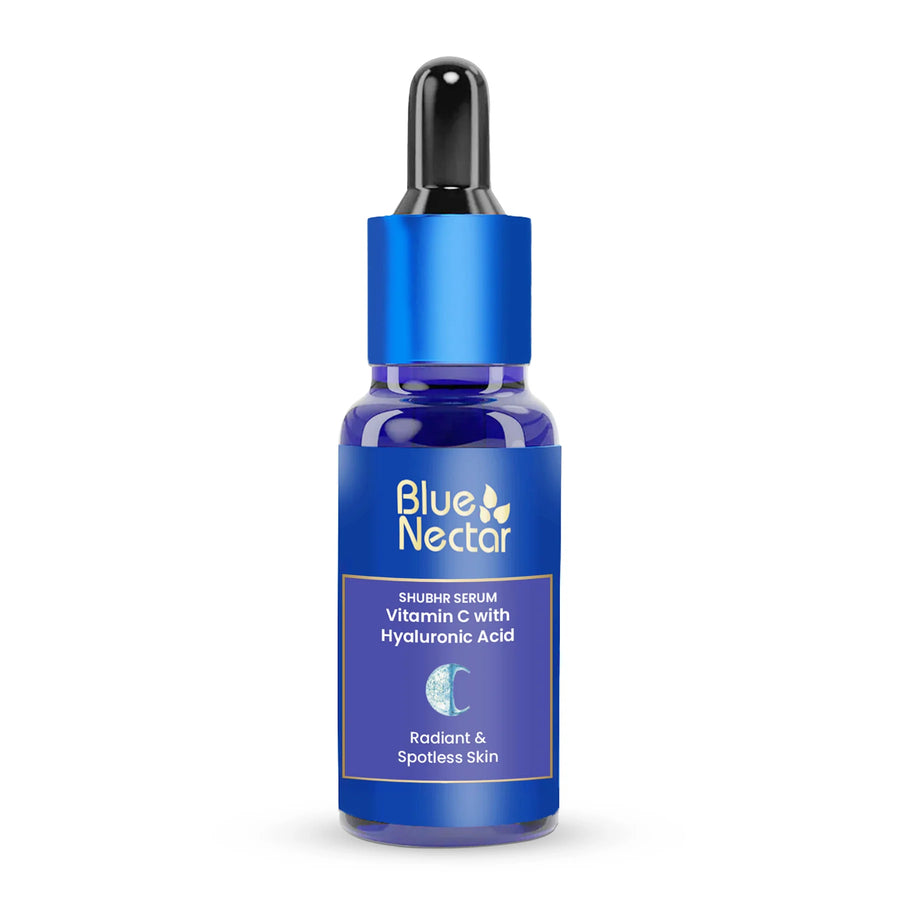
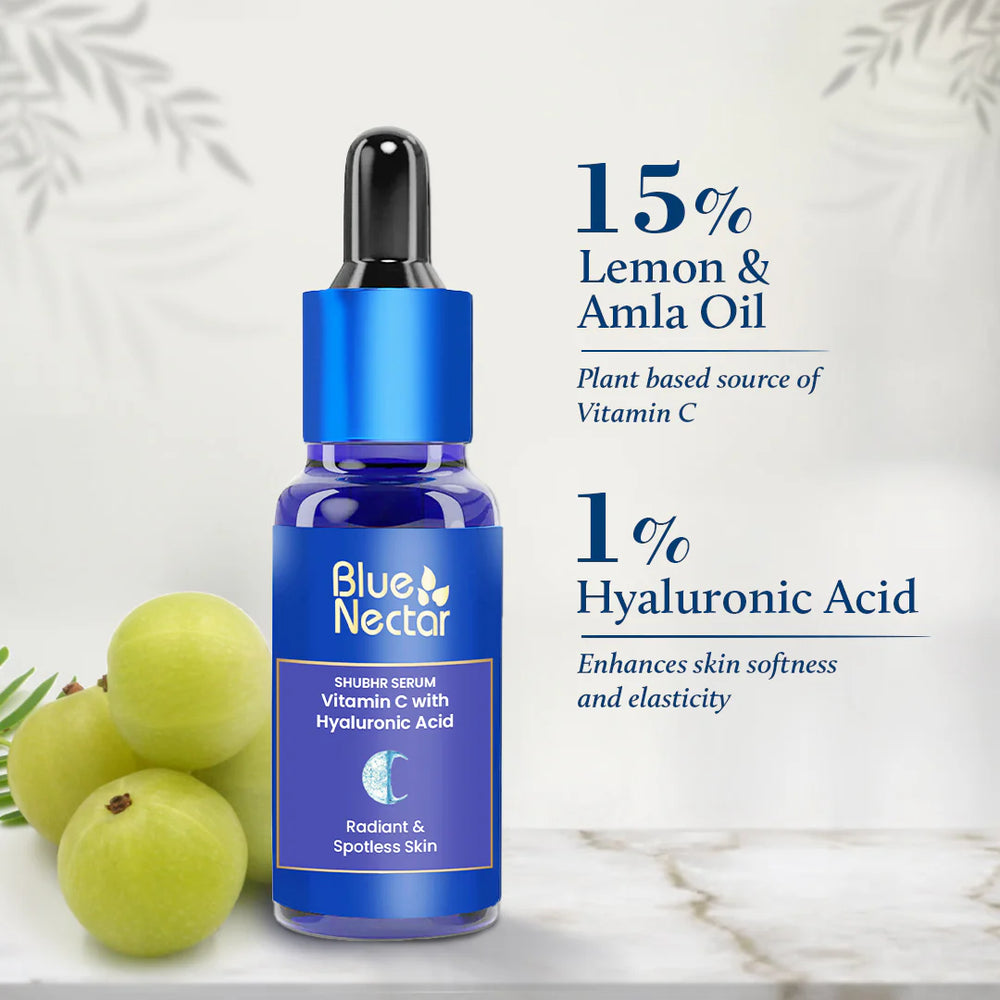
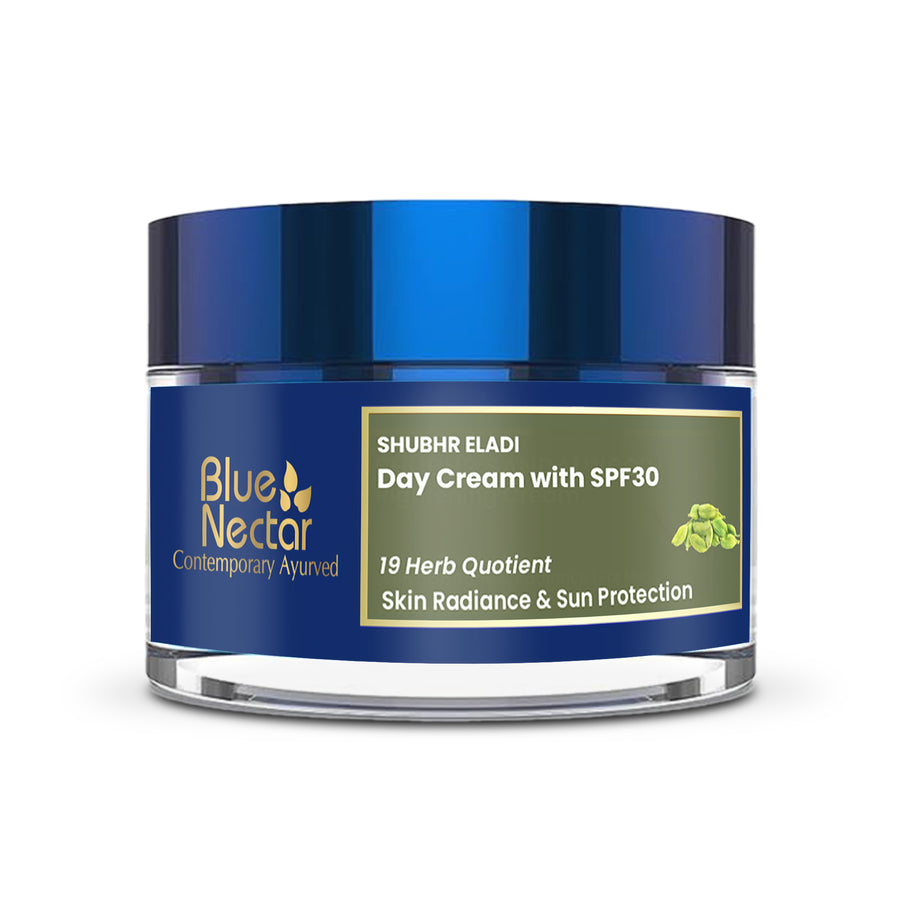
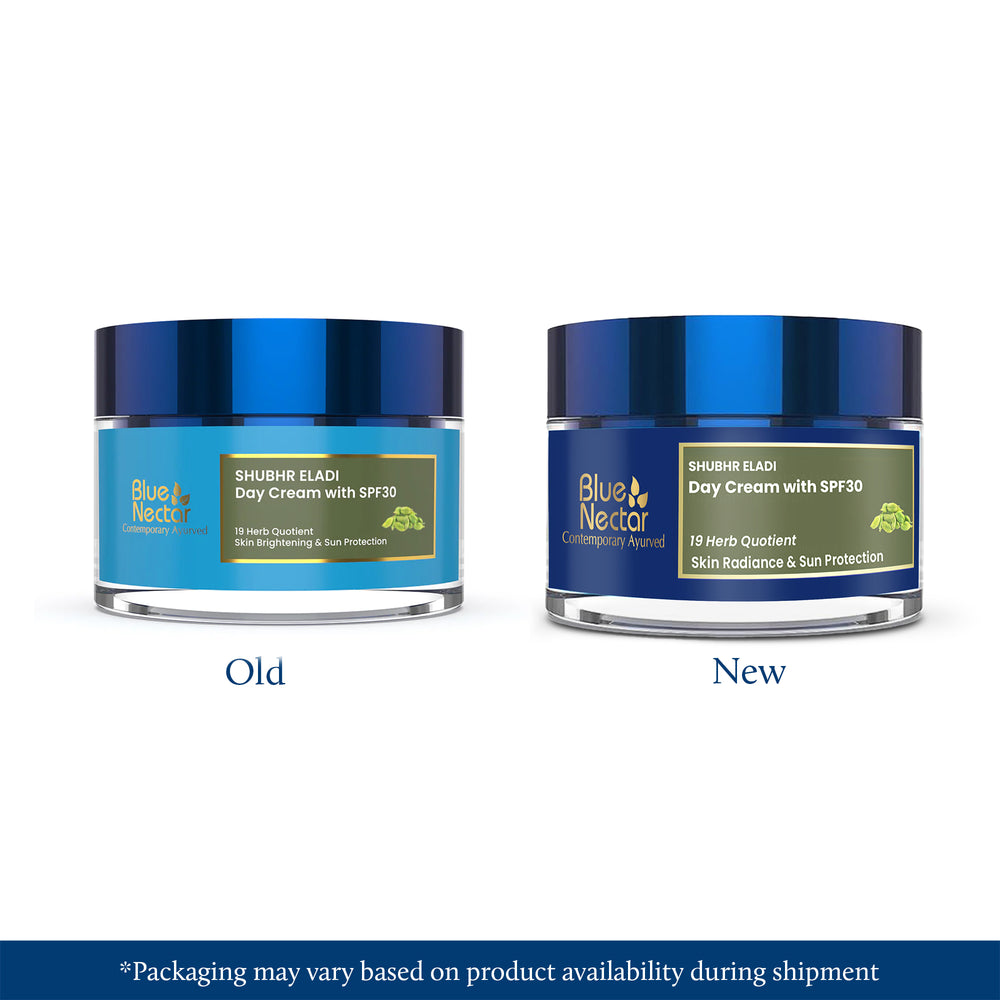
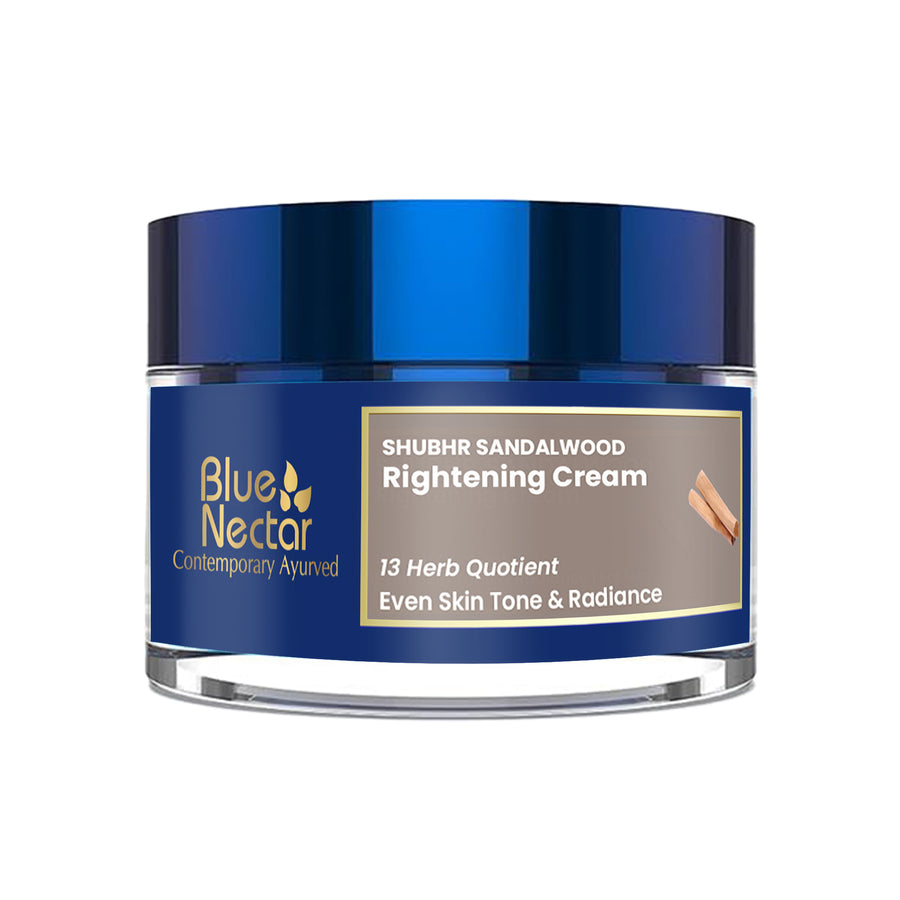
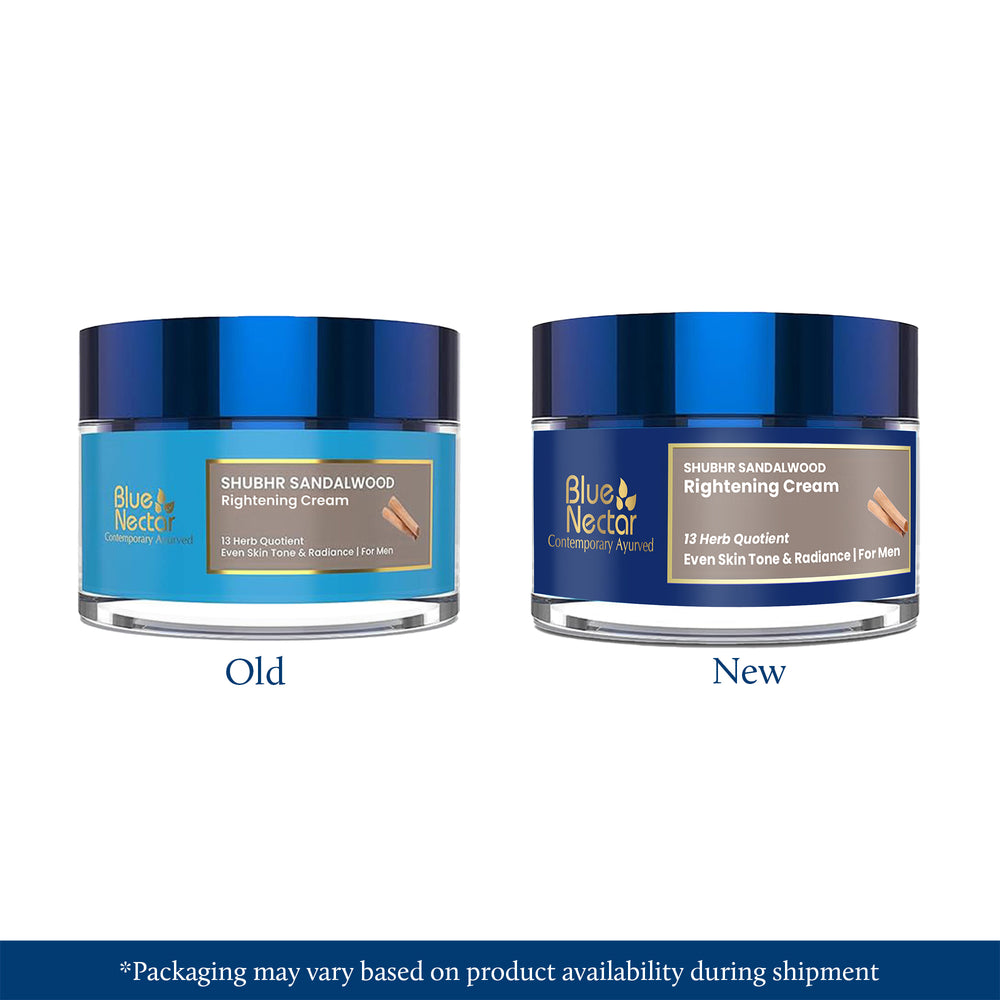




Leave a comment